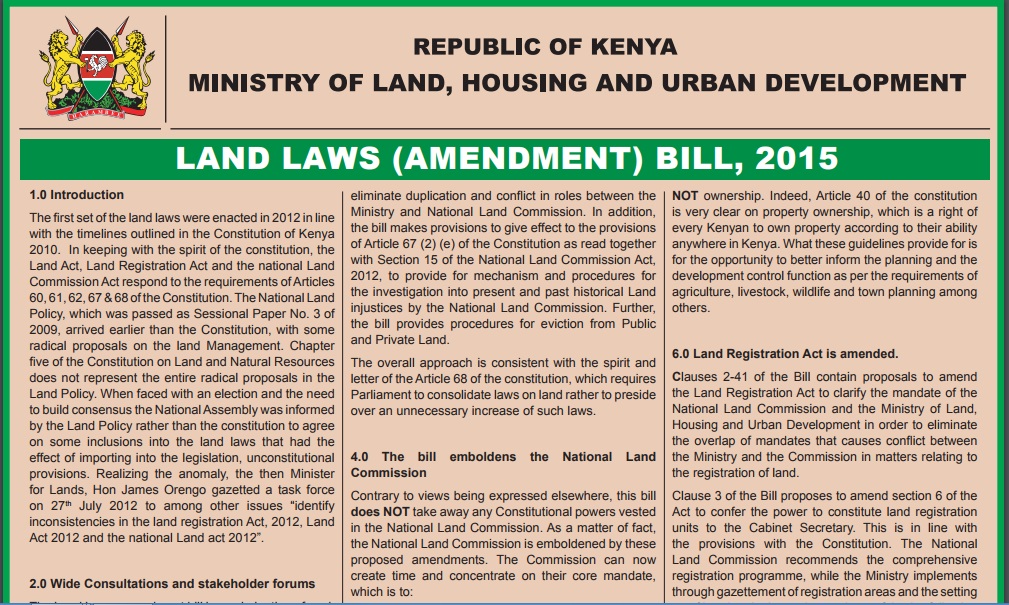Urban Growth Dynamics in Perth, Western Australia: Using Applied Remote Sensing for Sustainable Future Planning
Earth observation data can provide valuable assessments for monitoring the spatial extent of (un)sustainable urban growth of the world’s cities to better inform planning policy in reducing associated economic, social and environmental costs. Western Australia has witnessed rapid economic expansion since the turn of the century founded upon extensive natural resource extraction. Thus, Perth, the state capital of Western Australia, has encountered significant population and urban growth in response to the booming state economy.











